It’s time to break up with physical warranty registration cards
A better warranty registration experience is the key to greater customer insight and data
Data from product registration is a gold mine for marketing efforts. Unfortunately, most brands and manufacturers do not currently leverage this opportunity. The primary disconnect is an outdated, laborious process for the consumer. Some brands force customers to go online and fill out forms, while many still rely on the archaic paper warranty registration card that must be completed and mailed.
In today's digital age, these long and tedious forms are simply overlooked by the vast majority of consumers who have no interest in devoting the time to fill out a separate warranty card for each product purchased. Whether it’s for a guitar, television or child's car seat, consumers hate the redundancy of filling out multiple forums with the same personal details.
Consumers have also grown concerned about the security of their data and skeptical about how the data provided may be used by the brand. While some registration cards request only basic information such as name and address, others go deeper to request ethnicity, income, education and family structure.
It's therefore unsurprising less than 10% of customers fill in warranty cards and 68% of consumers say they never register their products at all. The result for brands is a missed touchpoint to obtain valuable information and missed opportunities to create a direct communication channel with their most important customers.
So, what do we do?
It’s clear the warranty registration process is broken, yet companies are more eager than ever to gain consumer insights and build long-term relationships with customers. Brands understand the imperative to make registration not just simple, but worthwhile.
In a panel conversation at the Extended Warranty & Service Contract Innovations Conference in Oct. 2020, Steve Gusa of Duke Energy pointed out, “Warranty is really becoming total brand support throughout the ownership experience. Service contracts themselves may disappear as subscription models become available where service is simply included by the brand and expected by consumers during the product and ownership experience. There will be more brands going direct-to-consumer.”
This trend has actually been building for years. In a 2017 study by Registria, 47% of consumers aged 18-34, and 47% of consumers who make over $100,000, say they would like to receive product setup instructions, tips, and service and warranty information directly to their mobile device rather than receiving email or paper literature.
Fortunately, WaveOn provides an opportunity to meet these rising consumer expectations; to reduce friction and streamline the registration process warranty registration process. By simply tapping a smartphone on a WaveOn-enabled product, a customer can automatically capture the exact make and model, easily add their contact details, and even upload a copy of the receipt as proof of purchase.
It’s all about incentive
There has to be a good reason to complete registration in the first place. Many retailers, and even credit cards, now offer their own warranty processes, so brands must consider a value-add to incentivize the customer. This could be as simple as extending the warranty further in exchange for registration, or even a free gift or complementary product (e.g. suede cleaner if you by a pair of suede shoes). Other ideas revolve around some kind of gamification or sweepstakes. The options are infinite, but the key point is that technology is being (willfully) pulled by consumer not pushed onto them.
There is, of course, a huge upside for brands to do this. First and foremost is the collection of valuable first-party data, allowing the brand to build its own community, grow deeper direct relationships with its customers and not have to buy back their data from Google and Facebook to re-market them at a later date.
Beyond the valuable data, there is potential liability reduction. A quarter of consumers cite safety and recall notifications as the most compelling reason to register a product. In the event of a recall or defect, you can get ahead of the issue by reaching out to buyers before they hear a negative story in the media. In litigious countries, the ability to demonstrate you are actively resolving potential issues demonstrates good faith in the event an unforeseen issue with your product arises.
Ultimately, promoting one-tap digital warranty registrations makes it easy and instantaneous to communicate with specific consumer segments you know have purchased your product. You can incentivize and activate them. You can offer them assurance they’ll be kept informed about recall issues. You can keep them apprised of deals on accessories and complementary products. You can reward them through loyalty and VIP programs. And most importantly, it’s all conducted in mere seconds by placing a smartphone next to the product.

